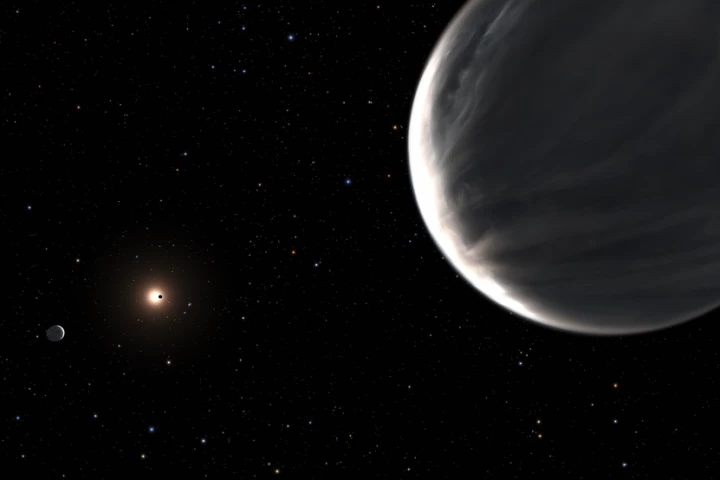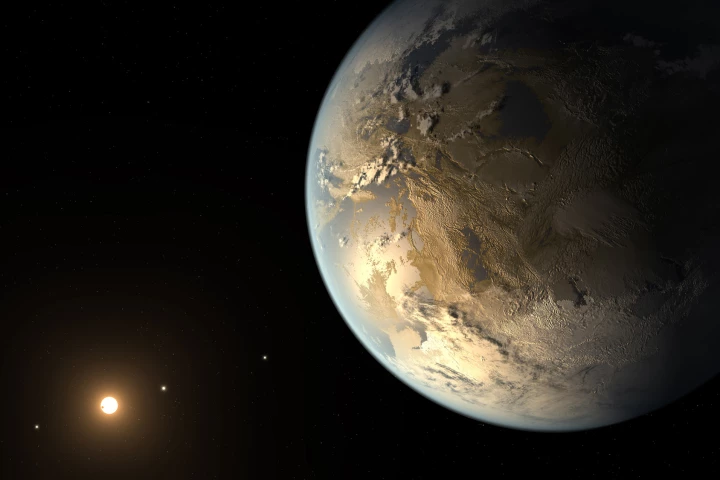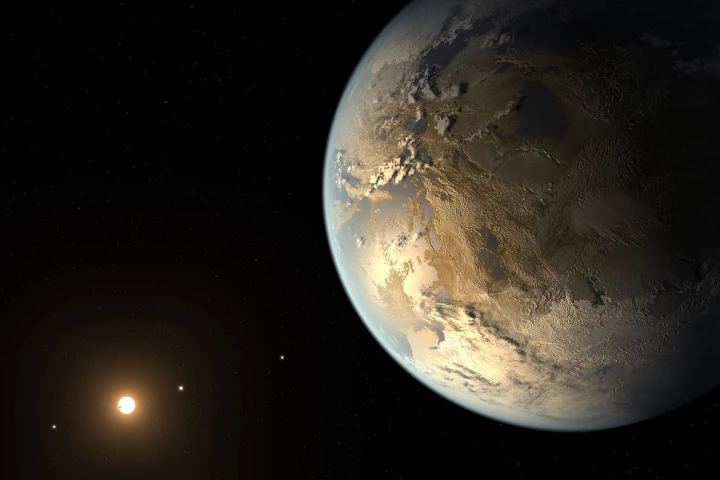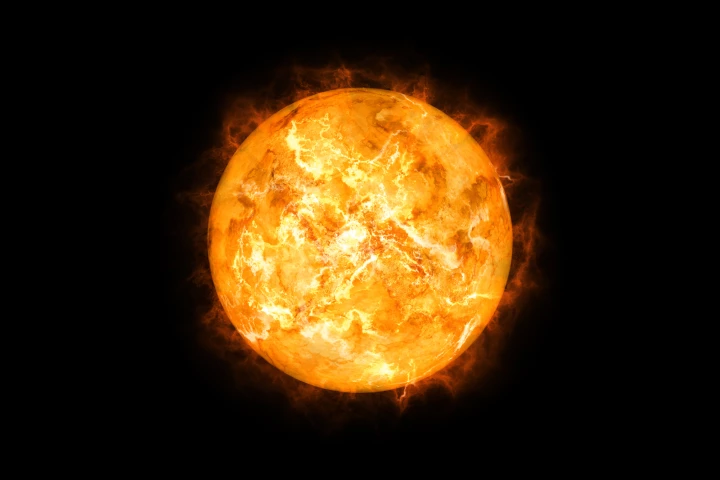Kepler Mission
-
Move over TRAPPIST-1 – there’s an exciting new planetary system in town. Meet Kepler-385, home to seven Super-Earths that were just discovered in existing data.
-
While two thirds of exoplanets may be a fiery, boiling wasteland, scientists believe the other third occupy a "just right" goldilocks orbit around their star, and this, much like Earth's orbit, could provide the right environmental support for life.
-
Get Kevin Costner on the phone – astronomers may have found some water worlds. Two nearby planets have been found to be covered in deep global oceans under hot, steamy atmospheres.
-
The hunt for planets beyond our solar system has taken off over the last few decades. With the recent discovery of the 5,000th exoplanet coinciding with our own 20th anniversary, now is the perfect time to reflect on the milestones along the way.
-
The hunt for planets beyond our solar system has now reached a major milestone. A new batch of 65 exoplanets brings the total number of confirmed planets beyond our solar system to over 5,000 – with potentially hundreds of billions left to find.
-
Based on data from the Kepler Space Telescope and the Gaia mission, there may be up to 300 million habitable planets in our galaxy. The research refines a key factor in the Drake equation that estimates how many extraterrestrial civilizations may exist.
-
A team of scientists has identified two dozen exoplanets that could be more favorable to life than the Earth. These super-habitable worlds may have conditions more suitable to sustaining life for a longer period of time than our planet.
-
For the first time, astronomers have used a machine learning algorithm – a form of self-teaching AI – to confirm the existence of 50 new exoplanets in data collected by the now retired Kepler space telescope.
-
To get a sense of how “normal” the Sun may be, astronomers have compared the Sun to hundreds of similar stars. It turns out that it’s actually far less active than its peers – but is this a permanent personality, or is it just going through a phase?
-
A review of early data returned by NASA's Kepler mission has revealed one of the most Earth-like exoplanet discovered so far. The new planet is slightly larger than ours, is estimated to have a similar temperature, and orbits in the habitable zone.
-
Water is crucial to life as we know it, so it’s one of the key things astronomers look out for on exoplanets. And now, water vapor has been detected in the atmosphere of a potentially habitable exoplanet for the first time.
-
Just how common are potentially habitable Earth-like planets? Researchers on a new study claim to have come up with the most accurate estimate yet – and they’re more common than you might think.
Load More










